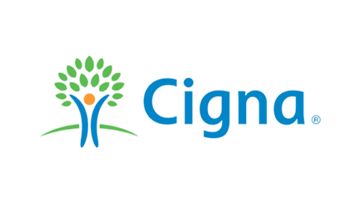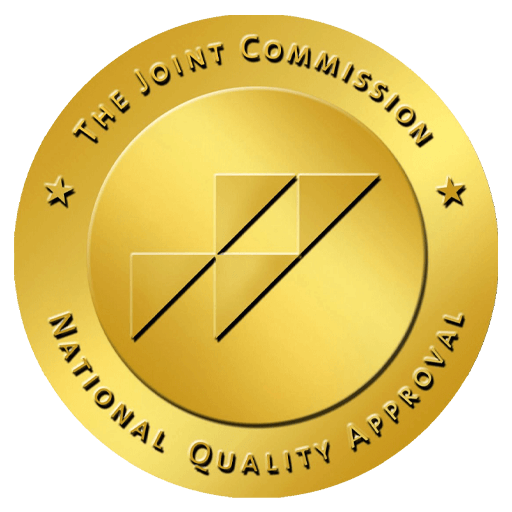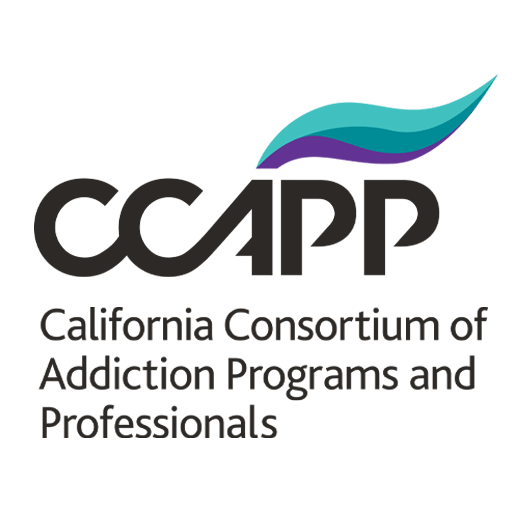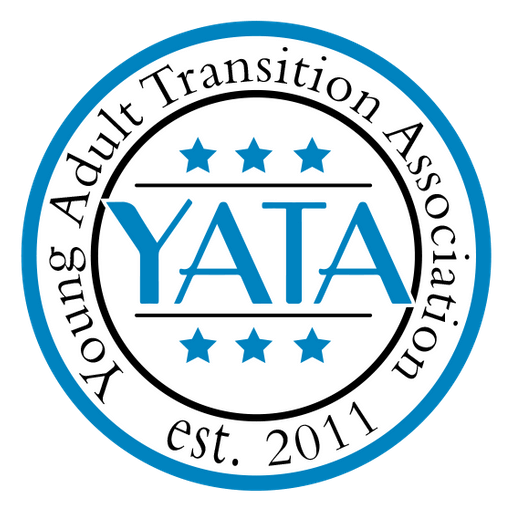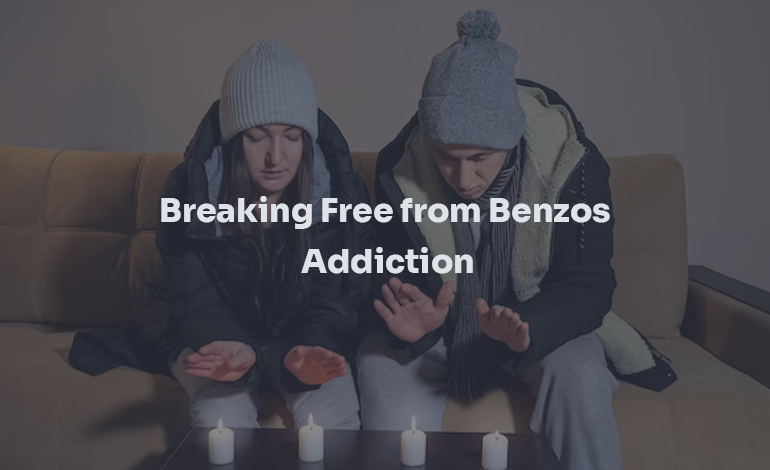For many, benzos offer a lifeline, delivering peace of mind when anxiety spirals out of control or ensuring a restful night’s sleep when insomnia takes hold. However, this seemingly miraculous solution comes with a hidden cost.
Despite their therapeutic benefits, benzodiazepines carry a significant risk of misuse and addiction. Over time, the body may develop a tolerance, requiring higher doses to achieve the same calming effects. What starts as a helpful prescription can quickly spiral into dependency, leading to a cascade of physical, emotional, and social challenges.
The line between therapeutic use and harmful reliance is often thin, making it easy to overlook the signs until addiction has taken hold. If you or someone you care about is grappling with benzodiazepine dependence, it’s essential to know that you are not alone. Addiction can be an isolating experience, but countless others have walked this path and found their way to recovery.
Breaking free from benzos is undeniably challenging, but with the right knowledge, resources, and support, it is entirely possible. This guide is designed to illuminate the journey toward recovery, offering a deep dive into the signs of benzo addiction, the associated risks, and the treatment options available.
Whether you’re seeking help for yourself or a loved one, this comprehensive resource aims to empower you with the tools and understanding needed to overcome addiction and embrace a healthier, more fulfilling future. Let’s take the first step together.
Understanding Benzodiazepine Addiction
Benzodiazepines are a class of psychoactive medications commonly prescribed by healthcare professionals to manage a variety of mental and physical health conditions. They work by enhancing the activity of gamma-aminobutyric acid (GABA), a neurotransmitter responsible for reducing overactive brain activity.
This mechanism helps induce a sense of calm, making them highly effective in alleviating symptoms associated with stress, anxiety, and other disorders.
Conditions Treated with Benzodiazepines
- Anxiety Disorders: By calming excessive worry and reducing hyperactivity in the brain, benzos offer immediate relief from symptoms like racing thoughts, palpitations, and panic attacks.
- Sleep Disorders: Insomnia and other sleep-related issues can significantly impact quality of life. Benzodiazepines, such as Restoril (temazepam), are prescribed to help individuals fall asleep faster and stay asleep longer.
- Seizures and Epilepsy: For individuals with epilepsy or seizure disorders, benzodiazepines like Klonopin (clonazepam) and Ativan (lorazepam) act as anticonvulsants. These medications help control abnormal electrical activity in the brain, reducing the frequency and severity of seizures.
- Muscle Spasms: Benzodiazepines like Valium (diazepam) are prescribed for their muscle-relaxing properties, offering relief from pain and improving mobility.
Commonly Prescribed Benzodiazepines
Among the most well-known and frequently prescribed benzodiazepines are:
- Xanax (alprazolam): Often used for anxiety and panic disorders.
- Valium (diazepam): Prescribed for anxiety, muscle spasms, and seizures.
- Ativan (lorazepam): Commonly used for anxiety and acute seizure management.
- Klonopin (clonazepam): Effective for treating seizures and panic disorders.
These medications are often praised for their rapid onset and effectiveness, providing a much-needed sense of relief for those in distress.
How Does Addiction Develop?
Benzos enhance the activity of gamma-aminobutyric acid (GABA), a neurotransmitter that slows brain activity. While this mechanism is beneficial for calming anxiety or promoting sleep, prolonged use can lead to:
- Tolerance: Needing higher doses to achieve the same effect.
- Dependence: The brain becomes reliant on the drug to function normally.
- Addiction: Craving and using the drug compulsively despite harmful consequences.
The misuse of benzos—such as taking them without a prescription, combining them with other substances, or using higher doses than recommended—escalates the risk of addiction significantly.
Signs of Benzodiazepine Addiction
Benzodiazepine addiction often develops gradually, making it easy to overlook early warning signs. Addiction occurs when the body becomes dependent on the drug, and individuals feel compelled to continue its use despite negative consequences. Understanding the physical, behavioral, and psychological indicators of addiction is essential for recognizing the problem and seeking help before it escalates.
Physical Indicators
- Persistent Drowsiness or Fatigue:
Individuals struggling with benzodiazepine addiction often experience excessive drowsiness that persists even after a full night’s sleep. This fatigue can interfere with daily activities, making it challenging to stay alert and focused. - Slurred Speech:
A common sign of excessive benzodiazepine use is slurred or slow speech, which may be mistaken for alcohol intoxication. This occurs due to the drug’s sedative effects on the central nervous system. - Loss of Coordination:
Benzodiazepines can impair motor skills, leading to a noticeable lack of coordination. Individuals may stumble, drop objects frequently, or appear clumsy, increasing the risk of falls and accidents. - Breathing Difficulties:
In severe cases of addiction or overdose, benzodiazepines can suppress respiratory function. This can result in shallow or labored breathing, which may become life-threatening without immediate medical attention.
Behavioral Indicators
- Doctor Shopping:
A hallmark behavior of addiction is “doctor shopping,” where individuals visit multiple healthcare providers to obtain additional prescriptions. This is often done to circumvent prescription limits or to secure a continuous supply of the drug. - Ignoring Responsibilities:
Addiction can disrupt daily life, leading individuals to neglect their obligations at work, school, or home. Tasks and responsibilities that were once a priority may be abandoned as the focus shifts entirely to obtaining and using the drug. - Social Withdrawal:
To conceal their addiction, individuals may isolate themselves from friends, family, and loved ones. They might avoid social gatherings or limit interactions to prevent others from noticing changes in their behavior. - Engaging in Risky Behaviors:
Addiction impairs judgment, often leading to dangerous activities such as driving under the influence of benzodiazepines. These behaviors not only endanger the individual but also put others at significant risk.
Psychological Indicators
- Increased Anxiety or Panic Attacks:
Ironically, individuals addicted to benzodiazepines may experience heightened anxiety or frequent panic attacks when they are not using the drug. This rebound effect occurs as the body craves the substance, exacerbating the symptoms it was initially prescribed to treat. - Difficulty Concentrating or Memory Loss:
Benzodiazepine addiction can lead to cognitive impairment, making it hard to focus or retain information. Individuals may struggle with tasks that require mental clarity and find themselves forgetting important details or events. - Intense Mood Swings:
Addiction often triggers erratic emotional changes, ranging from irritability and anger to deep depression. These mood swings can strain relationships and make it difficult for others to provide support.
The Risks of Benzodiazepine Addiction
Benzodiazepine addiction poses serious short- and long-term risks, as well as severe withdrawal dangers, underscoring the importance of seeking timely help.
Immediate Risks
- Impaired Judgment: Leads to poor decisions and accidents.
- Overdose Risk: Especially high when mixed with alcohol or opioids, potentially fatal.
- Emotional Instability: Causes mood swings and heightened sensitivity.
Long-Term Risks
- Cognitive Decline: Memory loss and reduced mental clarity.
- Physical Dependency: Makes quitting difficult without professional help.
- Mental Health Issues: Can worsen anxiety, depression, or other disorders.
Withdrawal Dangers
- Severe symptoms like intense anxiety, agitation, muscle tremors, hallucinations, and seizures.
- Life-threatening complications without medical supervision.
Breaking Free: Treatment Options
1. Medical Detoxification
Detox is the initial phase of recovery, during which the body eliminates the drug. This process is conducted under medical supervision to manage withdrawal symptoms effectively.
Benefits:
- 24/7 monitoring to address complications.
- Gradual tapering to minimize discomfort.
- Preparation for further therapeutic interventions.
2. Inpatient Rehabilitation
Inpatient rehab provides a structured and supportive environment away from daily triggers. Programs often last 30, 60, or 90 days, depending on individual needs.
Components of Inpatient Care:
- One-on-one counseling sessions to explore underlying issues.
- Group therapy to build connections and learn from others.
- Holistic therapies such as art therapy, meditation, and physical exercise.
Ideal For:
- Individuals with severe addiction or co-occurring mental health disorders.
- Those lacking a supportive home environment.
3. Outpatient Programs
Outpatient treatment allows individuals to maintain their daily responsibilities while attending scheduled therapy sessions.
Types:
- Standard outpatient programs (SOPs): Weekly therapy sessions.
- Intensive outpatient programs (IOPs): More frequent, in-depth sessions without requiring full-time commitment.
Best For:
- Those with mild to moderate addiction.
- Individuals with a strong support system at home.
4. Behavioral Therapies
Addressing the psychological roots of addiction is critical. Common therapies include:
- Cognitive Behavioral Therapy (CBT): Identifying negative thought patterns and replacing them with healthier alternatives.
- Dialectical Behavior Therapy (DBT): Teaching skills to manage intense emotions and reduce self-destructive behaviors.
- Motivational Interviewing (MI): Encouraging self-motivation by aligning treatment goals with personal values.
5. Support Groups and Aftercare
Support groups, such as Narcotics Anonymous (NA) and SMART Recovery, provide a platform to share experiences and gain encouragement. Aftercare programs help maintain sobriety through ongoing therapy and regular check-ins.
Preventing Relapse: Tips for Long-Term Recovery
- Build a Robust Support Network: Surround yourself with people who encourage your sobriety.
- Adopt Healthy Coping Mechanisms: Regular exercise, mindfulness, and creative outlets can replace harmful habits.
- Create a Relapse Prevention Plan: Work with a therapist to identify triggers and develop actionable strategies.
- Commit to Aftercare: Continued engagement in therapy and support groups reinforces progress.
The Role of Loved Ones in Recovery
How Family and Friends Can Support Recovery
- Educate Themselves: Learn about benzos addiction to provide informed and empathetic support.
- Encourage Treatment: Gently guide the individual toward seeking professional help without judgment.
- Be Patient: Understand that recovery is a long process with potential setbacks.
Avoid Enabling Behavior
- Set clear boundaries to prevent enabling addiction.
- Avoid providing access to benzodiazepines or other harmful substances.
Hope and Healing: A Path Forward
Recovery from benzodiazepine addiction is possible with determination, the right treatment plan, and unwavering support. Each step forward is a victory, no matter how small. Whether you’re embarking on this journey yourself or assisting a loved one, take solace in the fact that recovery leads to a healthier, more fulfilling life.
If you or someone you know is ready to take the first step, reach out to a trusted addiction treatment center today. Freedom from addiction is within reach.

Verify Your Insurance With Us
My Limitless Journeys works with all major insurance companies such as Aetna, Anthem Blue Cross (accepting most BCBS Blue Card plans), First Health, Kaiser Permanente of Southern California, MHN, TriCare West and Quantum Health and Private Pay Insurance.
WE ACCEPT MOST MAJOR INSURANCE PROVIDERS


